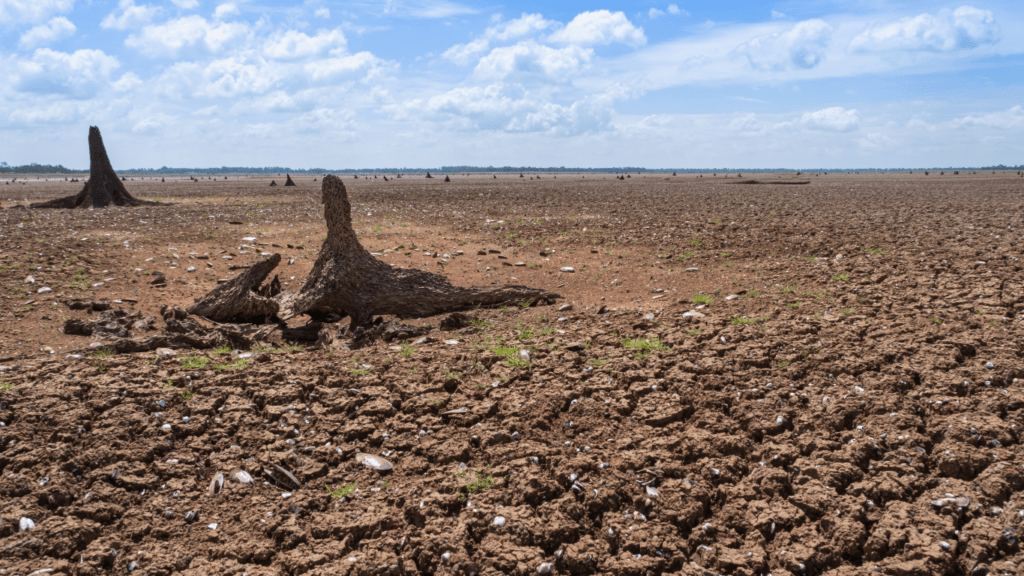Overview of Global Climate Initiatives
Efforts to combat climate change span various international agreements, regional actions, and local initiatives.
Key International Agreements
Several international agreements play a critical role in addressing climate change. The Paris Agreement, adopted in 2015, sets ambitious targets for reducing greenhouse gas emissions.
Nearly 200 countries committed to limiting global warming to well below 2 degrees Celsius. This legally binding treaty demands that countries submit Nationally Determined Contributions (NDCs), which outline their plans to reduce emissions.
The Kyoto Protocol, an earlier agreement from 1997, also aimed at reducing emissions, primarily in developed countries. Countries agreed to specific targets and implemented measures to achieve these reductions. Though replaced by the Paris Agreement, it set a foundation for future climate actions.
The Montreal Protocol, despite its primary focus on protecting the ozone layer, contributes to climate change mitigation. By phasing out substances that deplete the ozone layer, this treaty prevents harm to the climate.
The Kigali Amendment of 2016 further addresses climate change by targeting hydrofluorocarbons (HFCs), potent greenhouse gases.
Regional Actions and Their Impact
Regions worldwide adopt various measures tailored to their specific climate challenges. The European Union’s (EU) Green Deal aims to make the EU climate-neutral by 2050.
It includes measures like:
- carbon pricing
- renewable energy expansion
- stricter emission standards.
Regional Emission Trading Schemes (ETS) establish carbon markets, incentivizing reduced emissions.
In North America, the United States rejoined the Paris Agreement in 2021, pledging to cut greenhouse gas emissions by 50-52% by 2030. States like California implement their own ambitious climate policies. Canada similarly focuses on carbon pricing and investments in green technologies.
Asia-Pacific countries also contribute significantly. China, the largest emitter, aims for carbon neutrality by 2060 and has launched its national carbon market. Japan targets a 46% emission reduction by 2030 and carbon neutrality by 2050, emphasizing renewable energy and hydrogen technology.
These regional initiatives, coupled with global agreements, create a multi-faceted approach to combating climate change, driving progress through collaboration and innovation.
Leading Countries in Climate Action
Several nations have emerged as leaders in addressing climate change, showcasing innovations in renewable energy and setting ambitious policies and commitments.
Innovations in Renewable Energy
Countries like Germany, Denmark, China, and the United States have pioneered in renewable energy technologies. Germany has installed over 49 GW of solar power capacity, with wind energy also playing a significant role.
Denmark, producing about 47% of its electricity from wind power, has been a global leader in wind energy development.
China has become the world’s largest producer of solar panels and installed over 253 GW of wind power capacity. In the United States, investments in solar and wind have surged, with Texas alone generating more wind power than most countries.
Policies and Commitments
Leading nations have set ambitious goals and enacted policies to combat climate change. The European Union aims to become climate-neutral by 2050, with intermediary targets for reducing greenhouse gas emissions.
The United States has rejoined the Paris Agreement, pledging to cut emissions by 50-52% below 2005 levels by 2030. China aims to peak carbon dioxide emissions before 2030 and achieve carbon neutrality by 2060.
Japan, committed to achieving net-zero carbon emissions by 2050, has introduced stringent energy efficiency standards and renewable energy mandates.
These countries, through their innovations and robust policies, lead the global fight against climate change.
Role of Technology in Combating Climate Change

Technology’s role in combating climate change is pivotal. With rapid advancements, specific innovations have shown significant promise in mitigating greenhouse gas emissions.
Advances in Carbon Capture
Carbon capture technology is a breakthrough in reducing atmospheric carbon dioxide. The technology captures CO2 emissions directly from industrial sources.
Some prominent examples include Norway’s Sleipner project and Canada’s Boundary Dam. These projects show the potential of reducing large amounts of CO2 from power plants and industrial operations.
Direct Air Capture (DAC) represents another notable advancement. Companies like Climeworks and Carbon Engineering lead the way, extracting CO2 directly from ambient air.
These DAC systems then store the CO2 underground or repurpose it in different industries, helping reduce overall atmospheric carbon levels.
Green Transportation Technologies
Green transportation technologies have revolutionized how we address vehicular emissions. Electric vehicles (EVs) like Tesla’s Model 3 and Nissan’s Leaf offer zero-emission alternatives to fossil fuel-powered cars. These vehicles reduce the carbon footprint of personal transportation.
Hydrogen fuel cell technology further enhances green transportation. Companies like Toyota and Hyundai Pioneer this technology with models like the Mirai and Nexo. These vehicles emit only water vapor, providing a clean transportation option without compromising on performance.
Public transit systems also benefit from green technology. Electric buses, such as those from BYD and Proterra, offer sustainable solutions for urban transportation. Cities adopting these buses, like Shenzhen in China, significantly reduce their overall transit emissions.
By integrating advances in carbon capture and green transportation technologies, the global effort to combat climate change gains momentum, showcasing the essential role of innovation in this battle.
Challenges and Controversies
Despite global efforts to combat climate change, several challenges and controversies persist. These issues often undermine progress and complicate collective action.
Economic Implications
Addressing climate change carries significant economic implications. Transitioning from fossil fuels to renewable energy sources demands substantial investment.
For instance, the International Energy Agency reports that achieving net-zero emissions by 2050 requires over $4 trillion in annual investments.
Developing nations, often reliant on cheaper fossil fuels, struggle with these costs, potentially slowing their economic growth. Job losses in traditional energy sectors, such as coal mining, add to economic turmoil, sparking protests and resistance.
Political Challenges
- Political challenges complicate climate action.
- Global agreements like the Paris Agreement require unanimous consent, often leading to lengthy negotiations.
- Countries with high emissions, such as the United States and China, face domestic pressure against stringent measures, hindering their ability to commit fully.
- Political instability in regions like the Middle East and parts of Africa disrupts long-term environmental planning.
- Polarization and shifting governmental policies, particularly in democracies, create an unpredictable regulatory environment for implementing climate initiatives.
ABOUT THE AUTHOR
Jack Holmquist
Jack Holmquist is a key contributor and article writer at The Global Reach Visionary, where his expertise in global economics and international trade brings valuable insights to the platform. With a keen analytical mind and a deep understanding of shifting global dynamics, Jack skillfully dissects complex economic trends, offering clear, well-researched, and engaging articles. His ability to present intricate topics in a digestible and thought-provoking manner makes his work an essential resource for professionals, investors, and readers eager to stay informed about the ever-evolving global landscape.




